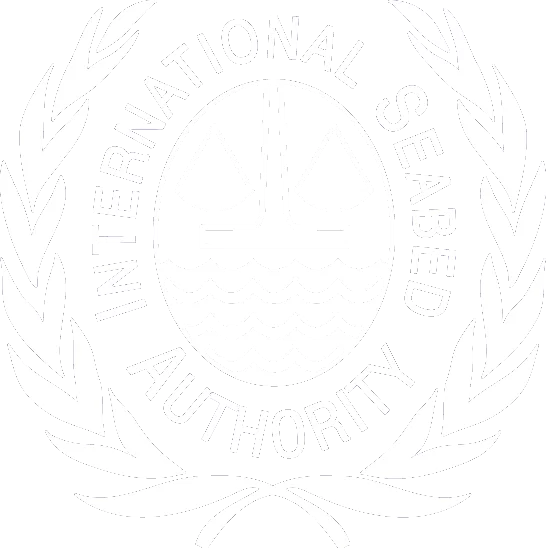CCZ source details
Guo, Y.; Helléouet, M.-N.; Boucher, G. (2008). Spatial patterns of meiofauna and diversity of nematode species assemblages in the Uvea lagoon (Loyalty Islands, South Pacific). Journal of the Marine Biological Association of the United Kingdom. 88(5), 931–940.
179555
Guo, Y.; Helléouet, M.-N.; Boucher, G.
2008
Spatial patterns of meiofauna and diversity of nematode species assemblages in the Uvea lagoon (Loyalty Islands, South Pacific)
Journal of the Marine Biological Association of the United Kingdom
88(5), 931–940
Publication
NeMys doc_id: 17949
Available for editors 
Meiofauna assemblages were investigated at 15 stations on triplicated samples in the Uvea Atoll (Loyalty Islands) in relation to 9 selected environmental parameters. Spatial patterns and variability of meiofauna density were quantified according to location, macrofauna and nematode species assemblages. Meiofauna was dominated by ciliates and nematodes. Densities of total meiofauna and of most of the meiofauna taxa were significantly higher in the back reef North Pleiades stations than the leeward side of the Island. The highest correlation between biotic patterns and environmental parameters that best explains the pattern was with sediment thickness and to a lesser extent organic matter, C/N ratio and depth. One hundred and thirty-four nematode species were identified with four dominant species Chromadora macrolaimoides, an undescribed species of Bolbonema, Daptonema svalbardense and Prochromadorella septempapillata. Three significantly different nematode species assemblages were detected in two of the previously described macrofauna assemblages by cluster analysis and multidimensional scaling methods suggesting that nematodes are more sensible ecological indicators than macrofauna. Diversity indices based on dominance were not significantly different among the three nematode species assemblages but indices based on species richness and rarefaction were significantly higher leeward of Uvea Island. Estimates of total species richness showed
no sign of stabilizing with sample size. However, rare species stabilized very quickly, whereas abundant species were added with increasing sampling coverage, indicating a high spatial variability of the local composition of nematodes.
Date
action
by
Camacolaimus de Man, 1889 accepted as Deontolaimus de Man, 1880 (additional source)
Chromadorita Filipjev, 1922 (additional source)
Halalaimus de Man, 1888 (additional source)
Leptolaimus de Man, 1876 (additional source)
Microlaimus de Man, 1880 (additional source)
Paracanthonchus Micoletzky, 1924 (additional source)
Chromadorita Filipjev, 1922 (additional source)
Halalaimus de Man, 1888 (additional source)
Leptolaimus de Man, 1876 (additional source)
Microlaimus de Man, 1880 (additional source)
Paracanthonchus Micoletzky, 1924 (additional source)




